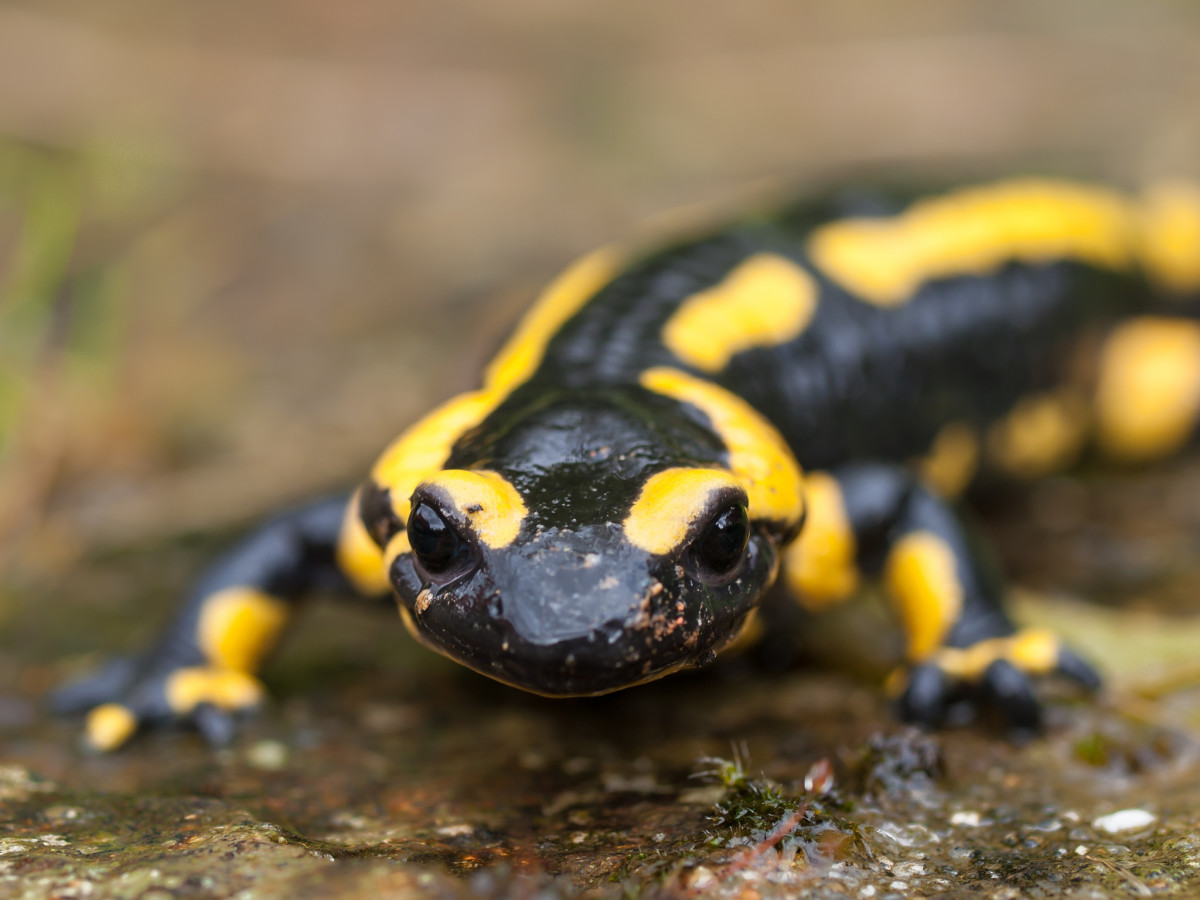The Spotted Salamander: A Sight to Beholds
-

- by Admin
- Aug 16, 2024

Large members of the mole salamander family, spotted salamanders get their name from the two rows of yellow and orange spots scattered along their black backs. They are roughly 18 cm long on average, but they can grow up to 23 cm long!
Spotted salamanders are common in the forests of eastern Canada and the United States, and they like to live around ponds and vernal pools. Still, it's hard to locate the dark amphibians even with their burgeoning populations. The majority of an adult's day is spent hiding beneath logs and rocks or underground.
Spotted salamanders release a sticky poison from their tails and backs when they feel threatened, which deters predators including opossums, raccoons, chipmunks, squirrels, and turtles from consuming them. The Diet of Spotted Salamanders
Spotted salamanders hunt at night, emerging from their hiding places to consume a wide variety of prey, including slugs, worms, spiders, and insects.
Salamander Spot Reproduction
Since Spotted salamanders are amphibians, their young breathe underwater via gills. Spotted salamanders have to deposit their eggs in water as a result.
Spotted salamanders emerge from hibernation early in the spring and spend several days migrating to ponds for mating. Every year, they go back to the same pond. At the same time, thousands of spotted salamanders will make their way to a breeding pond. Females deposit up to 200 eggs during the breeding season, each of which is covered in a jelly-like substance.
Predators such as fish, turtles, aquatic insects, birds, frogs, and crayfish are deterred from laying eggs by the coating.
The eggs hatch a few weeks after they are laid. The exterior of larval spotted salamanders' bodies is covered in feathery gills. For up to four months, they feed and develop when submerged in water. The young then emerge onto land after losing their gills. They are able to procreate once they reach adulthood.
In the wild, spotted salamanders can live up to 20 years.
Status of Conservation
The IUCN has classified the spotted salamander as a species of least concern. Their populations, however, may be in danger if wooded regions that serve as their breeding sites are developed. When spotted salamanders cross roadways to go to their mating sites, they run the risk of being hit by cars.
0 Comments:
Leave a Reply